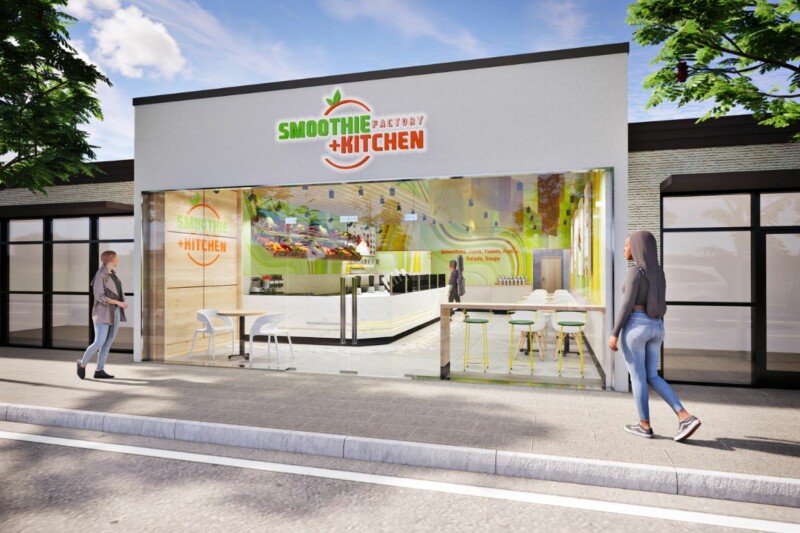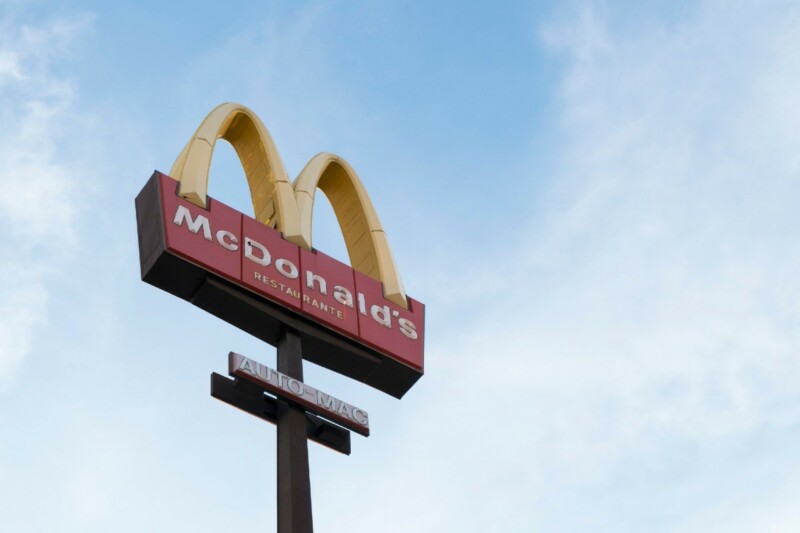Focus On: Hospital Foodservice
After a tough year, the segment is hoping for positive change ahead.

While the country’s hospitals vary widely from small-town facilities to sprawling multiunit campuses, their foodservice operations all faced the same challenge in the past pandemic year: visitation limits and delayed nonessential medical procedures that reduced diner traffic immensely. According to the Association for Healthcare Foodservice’s 2020 annual survey, operators said the largest impacts the pandemic has had on their operations include decreased retail and catering revenue, and the elimination of self-serve areas. They also cited budget reductions and increased costs of disposables and personal protective equipment, according to Mina Shin, managing director of the AHF. However, as COVID-19 vaccinations roll out in earnest, operators are looking ahead with positivity.
The Growth Forecast
“We continue to see people concerned about outpatient services, and we continue to see limits on visitation,” says Kathryn Fenner, principal consultant at Technomic. “These two things combine to mean that hospitals, [which] are reliant on visitors and guests to a large degree, their retail operations will continue to be down in 2021.” From 2019 to 2021, compound annual growth for hospital foodservice is forecasted to be down 2.2%. “So, we won’t return to 2019 retail sales equivalent levels until sometime in 2022,” she says. “Catering has been decimated … from $3.5 million down to next to nothing,” says Dan Henroid, director of nutrition and foodservice for UCSF Health in San Francisco. UCSF adjusted by redeploying catering staff to other tasks, such as managing food donations and delivery programs. “We are trying to re-envision where catering is going to be. I think volume will come back more in the fall. I think that’s the most typical projection, and I don’t see a reason to doubt that, particularly if we are going to start doing more aggressive vaccinations.”

As many as 36% of healthcare foodservice operators added more grab-and-go items.
Trends and Innovations
» Having to discontinue self-service options, from toaster stations to buffets, has definitely been a pain point. “The pandemic certainly killed the salad bars,” Henroid says. “A lot of people have gone to a slimmed down, made-to-order salad. … We are going to try to put that salad bar back in the moment we can.” Conversely, the pandemic has paved the way for touchless options, says Christine Guyott, FCSI, principal at Rippe Associates in Minneapolis. “The trend in touch-free options has been in demand all year,” Guyott says. “There are more coming to market or others that adapted to this, including beverage stations, and trends in the vended options versus served—salads, pizzas, yogurt, to name a few.”
» The preorder and prepay systems that many operators have adopted as a result of the pandemic are likely to stick around. “Getting rid of queue lines was important in COVID, but pre-COVID, administrators also did not like seeing lines in their retail area,” Guyott says. “We should see that continue, as clinical staff only have 30 minutes for a meal, it is a great solution to help them get their food quicker.” Equipment and tech that supports remote ordering systems will also continue to be in demand, Guyott says—think lockers, hot and cold holding and geofencing to better sync order and delivery times.
» Advanced vending options and robotics continue to help operators meet the around-the-clock needs of diners. UCSF, for example, plans to add a ramen machine. “I think people are going to try and look at vending robotic solutions, but people are being really sensitive about packaging and seeing so much waste,” Henroid says. “There are a couple solutions on the market where you can have a reusable container and the machine actually cleans it. We don’t have one right now, but we are taking a hard look at it.”
The Stats
- $12.3B in equivalent retail sales in hospital foodservice in 20201
- 26% of operators predicted their operations would be back to a “new normal” within one year of the pandemic2
- 41% of operators reported a revenue drop of 41%-60% as a result of pandemic measures2
- 12% of operators reported removal of their buffet or self-service stations would be permanent3
- 36% of operators added more grab-and-go items3
Sources:
1Technomic’s U.S. Foodservice Industry 2020 & 2021 Annual Outlook
2Association for Healthcare Foodservice Member Survey, May 2020
3Technomic 2020 Healthcare MultiClient Study
RELATED CONTENT
- Advertisement -
- Advertisement -
- Advertisement -
TRENDING NOW
- Advertisement -
- Advertisement -
- Advertisement -


